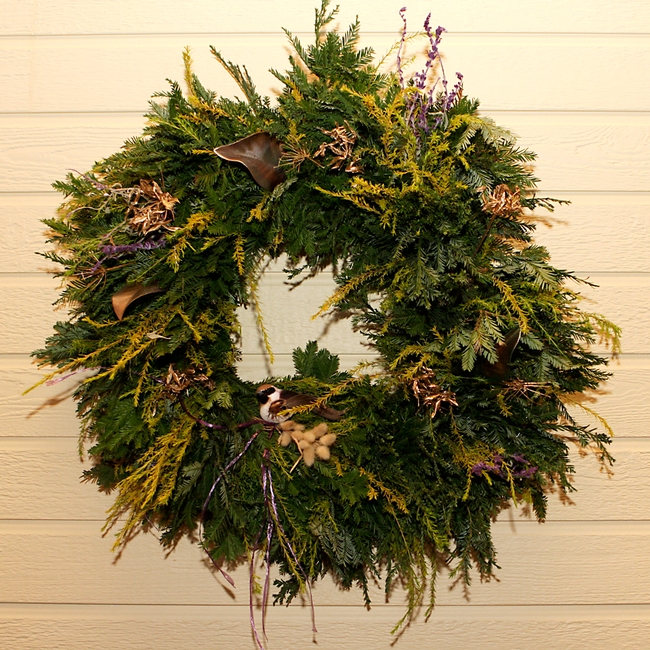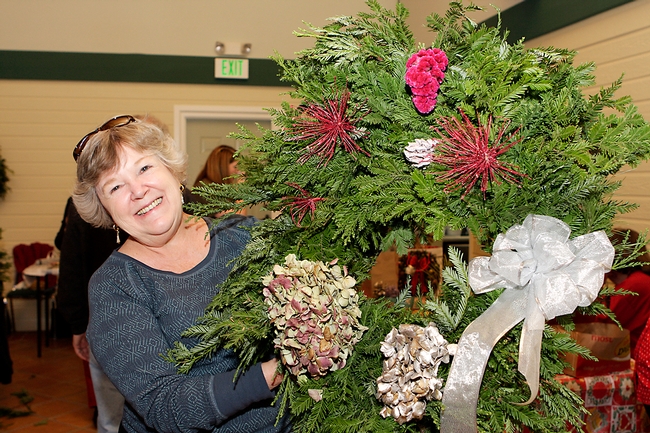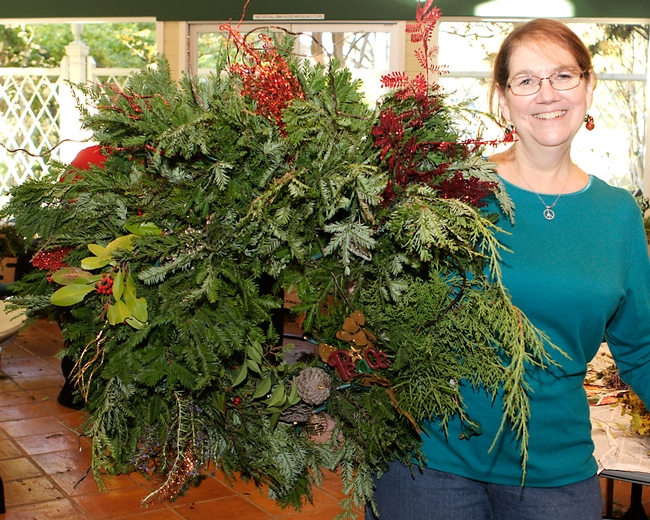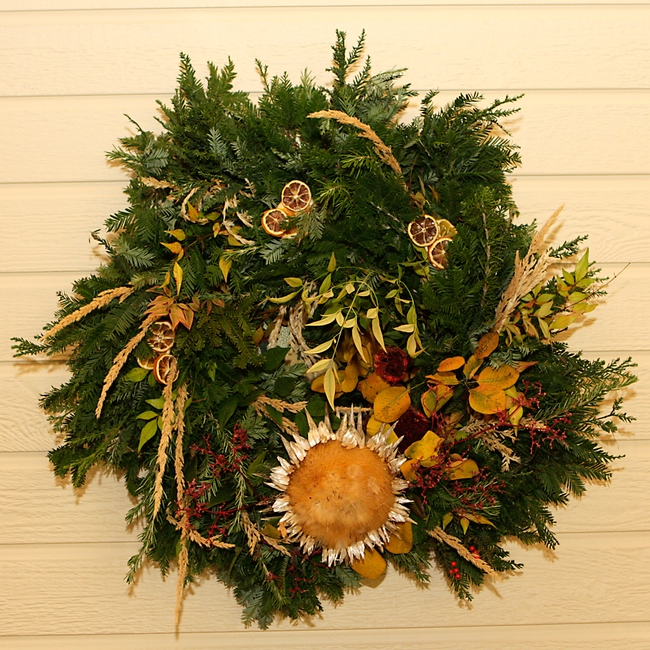UC Blogs
News media pick up on release of Tamarixia radiata
The first release this week in Riverside of Tamarixia radiata, a tiny wasp from the Punjab that is a natural enemy of Asian citrus psyllid, was picked by several news outlets, including the Riverside Press-Enterprise, the Porterville Recorder and the Desert Sun.
“It’s great to release these guys at long last,” the Enterprise quoted Mark Hoddle, a biological control specialist in UCR’s entomology department who for the past two years has been collecting the wasps in Pakistan.
The Recorder included a quote from Ted Batkin, president of the Citrus Research Board, a grower organization that helped fund Hoddle's research.
“This is the very first step of multiple steps in research to see if this particular strain of Tamarixia will adapt to California,” Batkin said. He said the wasp is just one of 10 or 12 tactics being studied to combat the psyllid.
The Desert Sun article had words from Aviva Goldman, a UC Riverside graduate student who works with Hoddle.
“The Asian citrus psyllid is the most potentially damaging invasive pest in California right now,” Goldman said. “These wasps are a way to treat the infestation without having to go to every person's backyard and spray pesticides on each tree."
More information about the release of Tamarixia radiata in Riverside can be found in the ANR news release.
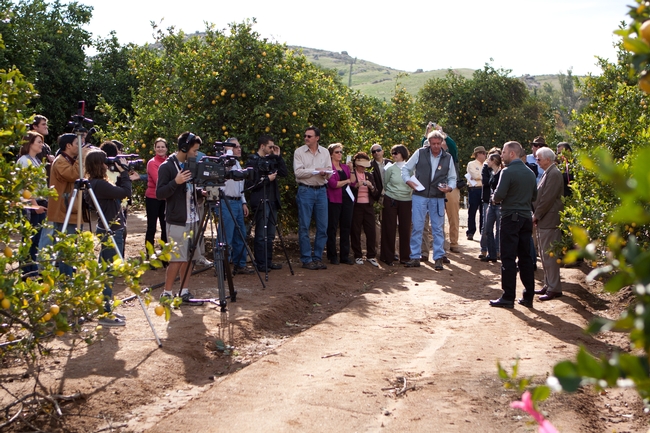
Mark Hoddle (second from right), the director of the Center for Invasive Species Research, answers questions from the audience. (Photo: Mike Lewis)
Wreaths-the follow up
Well, on December 3, the Master Gardeners celebrated their 21st Wreath Workshop. There were 40 wreath makers in attendance and they created some of the most fabulous wreaths! Each were given a box of redwood, a wire wreath frame and paddle wire. They could also choose from 'extra' greens, which were: heavenly bamboo (Nandina domestica), Breath of Heaven (Coleonema spp.), Sweet bay (Laurus nobilis), Eucalyptus, Rosemary (Rosmarinus officinalis), Lavender (Lavandula spp.), and Yew (Podocarpus gracilior)-to name a few. Each person had access to the same materials, along with natural decorations, but each wreath came out very unique-especially to that persons' creativity. Below is a sampling of the wreaths made at the event this year.
Beer for a Butterfly
Beer for a butterfly. Now that's an interesting concept. That’s what you’ll get—or the cash equivalent—if you collect the first cabbage white...
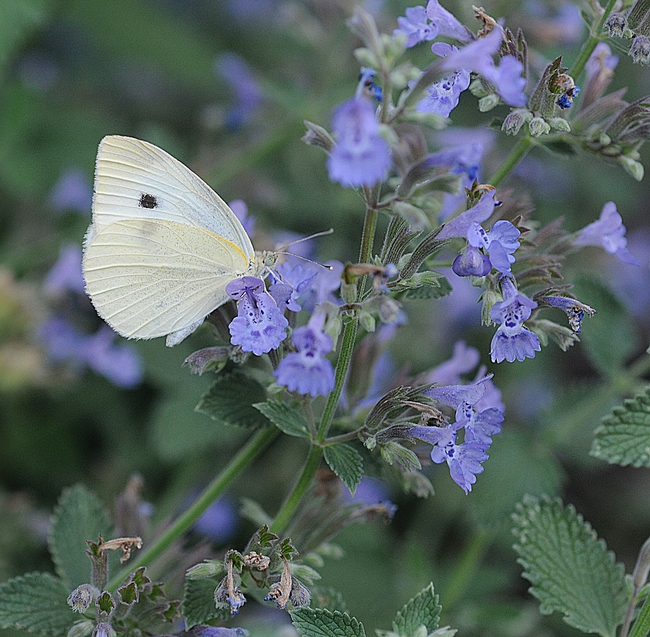
Cabbage white butterfly (Pieris rapae) on catmint. (Photo by Kathy Keatley Garvey)
Royalty Plus
Call it a case of royalty plus. UC Davis chemical ecologist Walter Leal, professor and former chair of the UC Davis Department of Entomology, has...
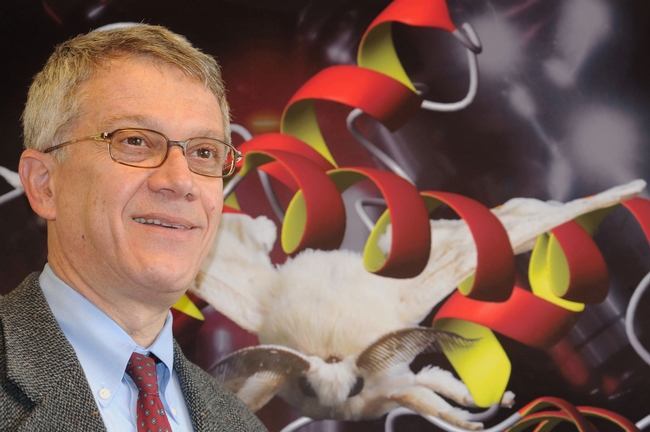
Chemical ecologist Walter Leal in front of a silkworm moth depiction. (Photo by Kathy Keatley Garvey)
Biodynamic Gardening and Agriculture
Disclaimer: This article does not express the views held or advocated by UCCE or its affiliates with regard to biodynamic gardening or farming. It only seeks to introduce the concept of biodynamics to readers as another alternative system of sustainable gardening.
For all of you gardening enthusiasts (which I assume all of you are, since you are reading this blog), it is likely that at some point, you have come across the term “biodynamic” gardening or farming.
Biodynamic gardening/farming is usually regarded as one of the earliest organized systems of organic gardening, emphasizing the interrelationships between soil, plant and livestock management (i.e., the garden or farm is regarded as an organism). The foundation for biodynamic gardening or farming arises from a series of lectures given in 1924 by the Austrian philosopher, Rudolf Steiner, to farmers seeking his assistance. Perhaps the defining feature of biodynamic gardening/agriculture and what people find most intriguing, is the use of what is known as “preparations,” (of which there are nine (9), divided between field and compost preparations) which generally consist of manure and/or specific flowers/herbs fermented in a vessel such as a cow horn or the bladder of a red deer/elk, as applicable. The preparations are typically diluted with water, stirred in an exacting manner for a specific period of time, and then sprayed onto a field or compost to stimulate plant growth, as appropriate, and microbial activity. Although these preparations sound esoteric and inaccessible to the average person, people seeking to incorporate biodynamic methods in their garden, may purchase preparations from biodynamic trade organizations and/or other biodynamic gardeners and farmers.
The popularity of biodynamics has gained steam in the mainstream, as many wineries, both local (some even in Napa and Sonoma Counties!) and abroad, have adopted such practices.
For further information on biodynamic gardening or farming, please feel free to visit https://attra.ncat.org/attra-pub/summaries/summary.php?pub=290 or google the term, “biodynamic gardening,” “biodynamic farming,” or “biodynamic agriculture.”


